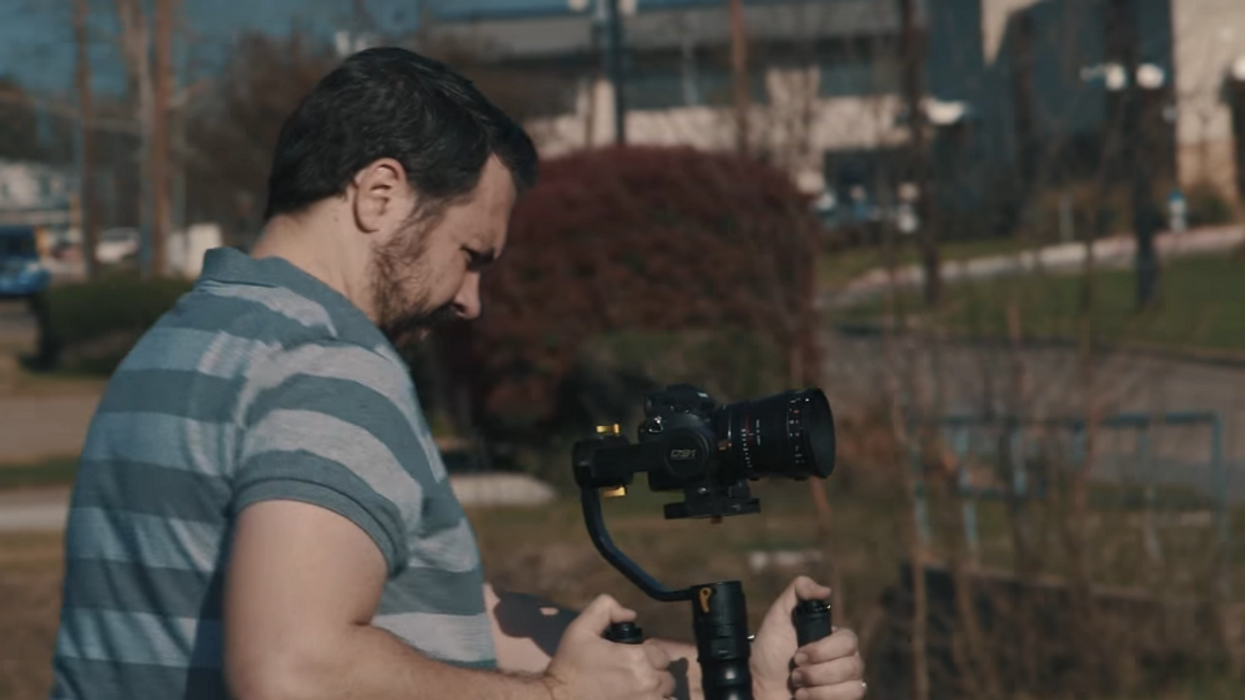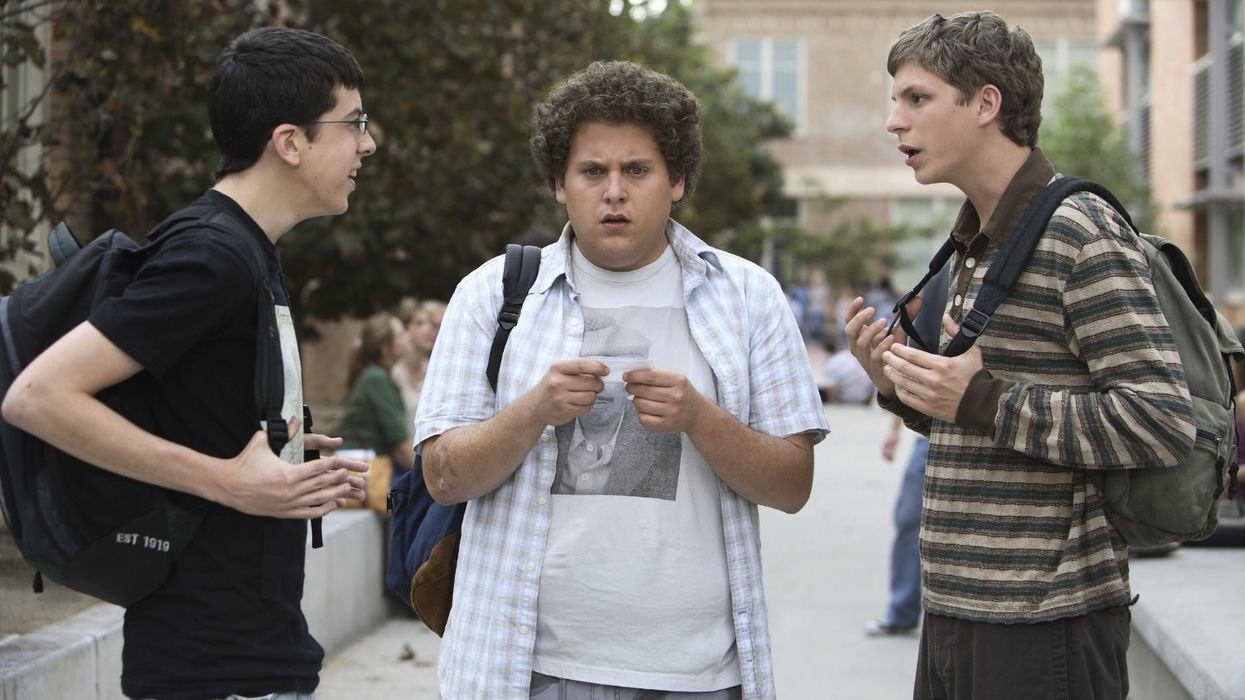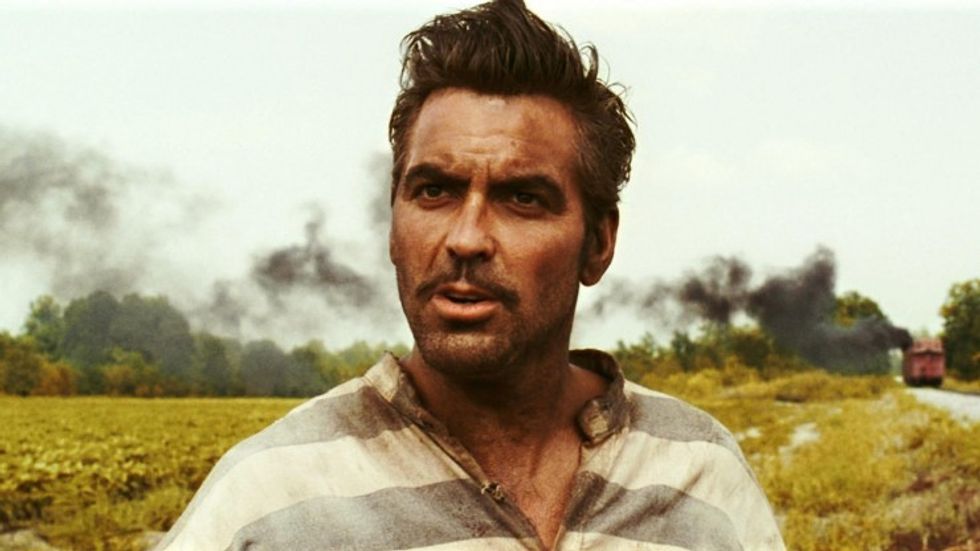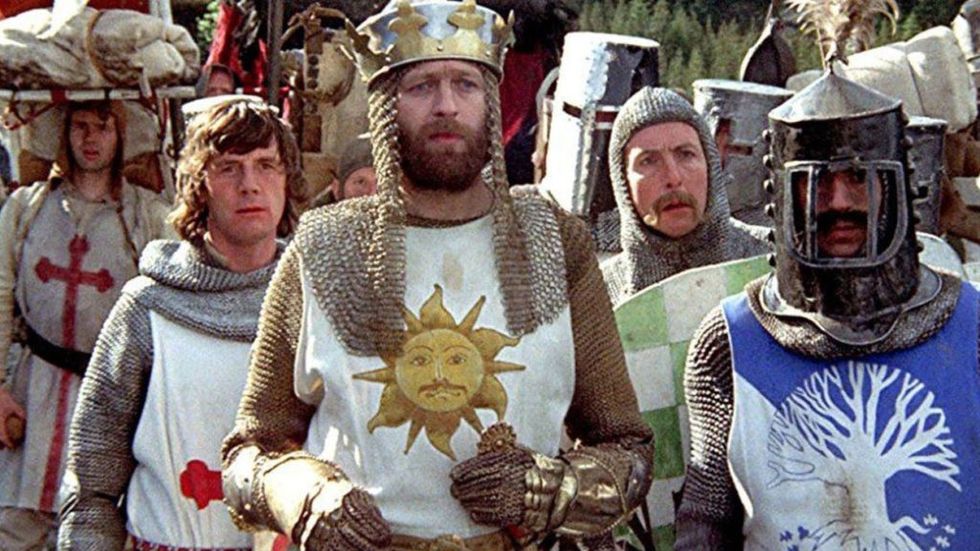Watch: Breaking Down the Meaning Behind Camera Movement
Camera movement adds a ton of meaning to your images, which is why it's important to know what each kind does to your audience psychologically.

Whether it's a pan, tilt, dolly in, or tracking shot, camera movement can not only make your images more interesting to look at, but they add significant meaning to them as well. So, if you're not quite clear on how they can affect your audience emotionally and psychologically, you might want to check out this video from Film Riot in which they break down how to use camera movement to tell better stories.
Throughout the years, filmmakers have invented new ways to communicate with their audiences, and one of them is through camera movement. Before there were dollies, cranes, and gimbals, movies were shot entirely on tripods, so watching events unfold through stationary shots was the norm. However, once the camera became mobile, filmmakers were able to create new words in the cinematic language that give meaning to a shot, like how the dolly-in could signify growing intensity or a how a shaky handheld shot could signify chaos or realism.
The key here is to understand that shooting a scene using, say, a slider will have different psychological and emotional effects than if you used a handheld gimbal. Every decision you make will have a certain effect and it's imperative to know what they will be before you shoot. In other words, be intentional with every cinematic choice; make sure it's motivated.
Source: Film Riot













